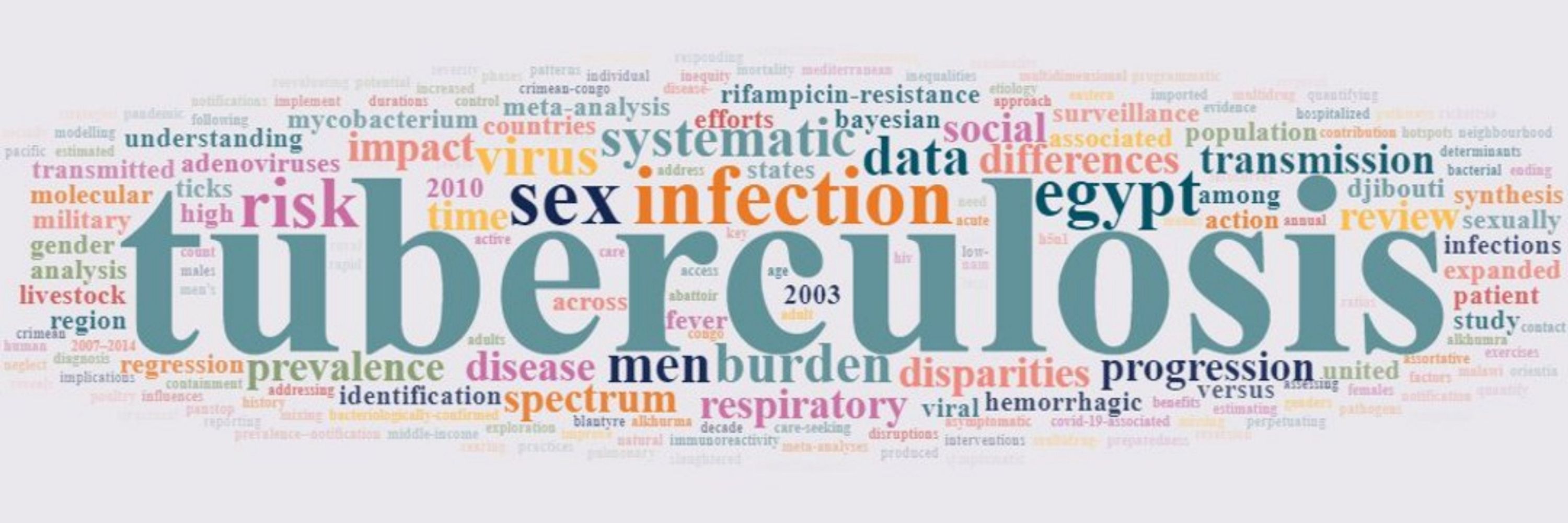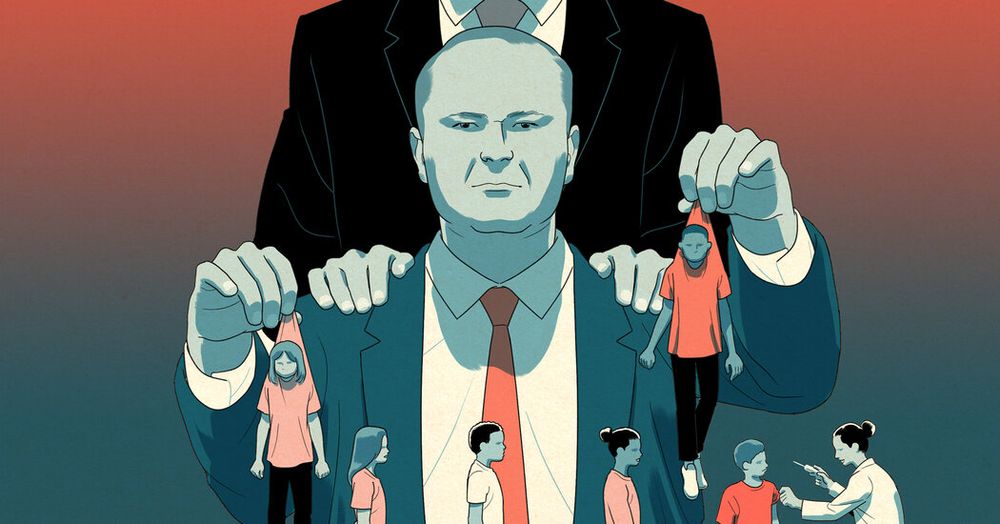
Followed by the now-traditional TB Modelling and Analysis Consortium social, which was also very well-attended and a lot of fun.


Followed by the now-traditional TB Modelling and Analysis Consortium social, which was also very well-attended and a lot of fun.
Consortium partners from Nigeria, Malawi, Kenya, Uganda and the UK meet to discuss the key research findings, research uptake and impact so far.
Consortium partners from Nigeria, Malawi, Kenya, Uganda and the UK meet to discuss the key research findings, research uptake and impact so far.
Interested in researching how to improve risk prediction for people with #tuberculosis #TB and #multimorbidity?
Joint project between @uofgshw.bsky.social 🏴 and @ki.se 🇸🇪, funded by UK MRC.
Details here⬇️
www.gla.ac.uk/postgraduate...
Interested in researching how to improve risk prediction for people with #tuberculosis #TB and #multimorbidity?
Joint project between @uofgshw.bsky.social 🏴 and @ki.se 🇸🇪, funded by UK MRC.
Details here⬇️
www.gla.ac.uk/postgraduate...
For more details, visit mrc-lid.lshtm.ac.uk/2026-27-proj...
For more details, visit mrc-lid.lshtm.ac.uk/2026-27-proj...
@lshtm-tbmod.bsky.social
@tb-lshtm.bsky.social
Be sure to read about the threat of UK aid cuts: www.independent.co.uk/news/uk/poli...

@lshtm-tbmod.bsky.social
@tb-lshtm.bsky.social
We use a new modelling framework to explore future projections of #AMR by age and by sex, as well as interventions for control, building on our earlier findings that AMR isn’t uniform across demographics.
doi.org/10.1371/jour...

We use a new modelling framework to explore future projections of #AMR by age and by sex, as well as interventions for control, building on our earlier findings that AMR isn’t uniform across demographics.
doi.org/10.1371/jour...
doi.org/10.1371/jour...

doi.org/10.1371/jour...
www.thelancet.com/journals/lan...

www.thelancet.com/journals/lan...
@LSHTM
led an eye-opening, interactive session on understanding TB modelling & how these models help shape better decisions & progs

bit.ly/4nbV492

bit.ly/4nbV492

Supervised by Ellen Brooks-Pollock (Bristol), me (Bath) & Rajeka Lazarus (Bristol)
Apply: www.findaphd.com/phds/project...
Deadline 20 Oct
#PhD #Tuberculosis #Epidemiology #InfectiousDisease

Supervised by Ellen Brooks-Pollock (Bristol), me (Bath) & Rajeka Lazarus (Bristol)
Apply: www.findaphd.com/phds/project...
Deadline 20 Oct
#PhD #Tuberculosis #Epidemiology #InfectiousDisease
Link to preprint below ⬇️
In a 🚨new🚨 preprint (NOT PEER REVIEWED) we modelled urban-rural TB trends from 2000-2023 in 26 countries with 4.6 billion people.
www.medrxiv.org/content/10.1...


Link to preprint below ⬇️
@kentbuse.bsky.social @jocalynclark.bsky.social
global5050.org/2025-report/

@kentbuse.bsky.social @jocalynclark.bsky.social
global5050.org/2025-report/
We did updated meta-analysis including over 4million people in 99 surveys.
Despite increasing focus on gender equitable TB responses, this gap has widened since we last assessed these data over a decade ago.
📢 Our new preprint explores how sex differences have shifted with more recent national prevalence surveys and growing attention to #gender responsive TB prevention and care.
bit.ly/4gqP1LH
We did updated meta-analysis including over 4million people in 99 surveys.
Despite increasing focus on gender equitable TB responses, this gap has widened since we last assessed these data over a decade ago.
📢 Our new preprint explores how sex differences have shifted with more recent national prevalence surveys and growing attention to #gender responsive TB prevention and care.
bit.ly/4gqP1LH
📢 Our new preprint explores how sex differences have shifted with more recent national prevalence surveys and growing attention to #gender responsive TB prevention and care.
bit.ly/4gqP1LH

📢 Our new pre-print compares the impact, cost, and cost-effectiveness of 9 TB interventions in 3 countries. 1/n
bit.ly/3V3vXth

📢 Our new pre-print compares the impact, cost, and cost-effectiveness of 9 TB interventions in 3 countries. 1/n
bit.ly/3V3vXth
#TB incidence can rebound after community screening ends, meaning the gains made during a program can be erased in the years that follow. This highlights a major challenge in sustaining impact #EndTB #EpiSky
In our latest preprint, we examine the epidemiological impact of trade-offs in diagnostic algorithm, population coverage, and duration of screening. 1/n
bit.ly/3UK7pFD

#TB incidence can rebound after community screening ends, meaning the gains made during a program can be erased in the years that follow. This highlights a major challenge in sustaining impact #EndTB #EpiSky
In our latest preprint, we examine the epidemiological impact of trade-offs in diagnostic algorithm, population coverage, and duration of screening. 1/n
bit.ly/3UK7pFD

In our latest preprint, we examine the epidemiological impact of trade-offs in diagnostic algorithm, population coverage, and duration of screening. 1/n
bit.ly/3UK7pFD

www.who.int/publications...

www.who.int/publications...
Read more in @plosglobalpublichealth.org

